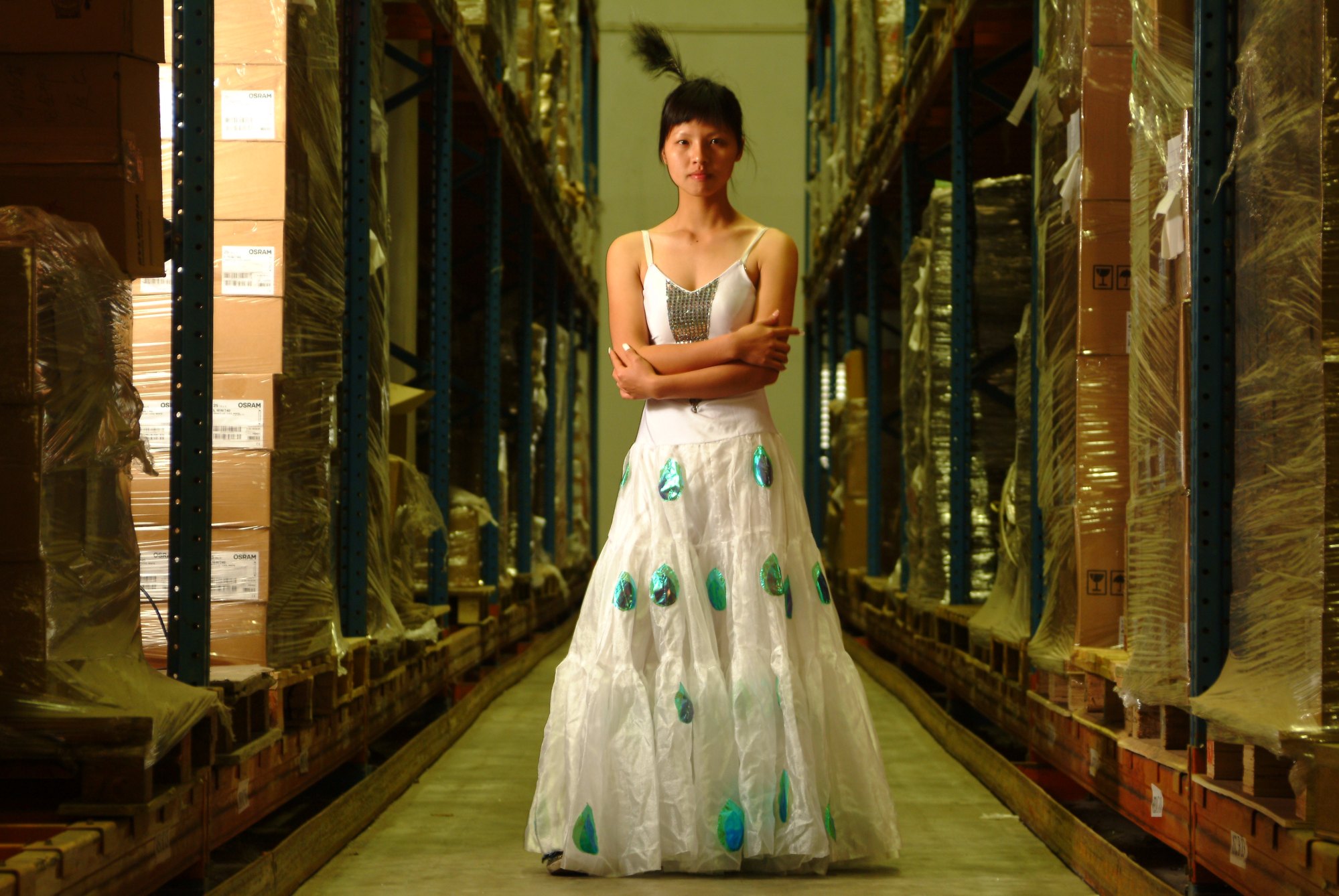
Review | New thinking about the Chinese contemporary art collection of Uli Sigg at the heart of M+, Hong Kong’s museum of visual culture
- With more than 700 photographs and an A to Z of the artists former Swiss ambassador to China collected, catalogue is both comprehensive and unwieldy
- Most valuable are the essays, including those by the director of Hong Kong’s M+ museum that houses the collection, and editor Pi Li with a new perspective on it
Chinese Art Since 1970: The M+ Sigg Collection, edited by Pi Li, pub. Thames & Hudson
How to present the Sigg Collection without advancing its appearance as a canon of Chinese contemporary art? This is the challenge facing the M+ museum and the contributors to the insightful catalogue accompanying the opening exhibition, titled Chinese Art Since 1970, The M+ Sigg Collection.
This comprehensive yet chaotic catalogue blows open the door to an alternative canon. With more than 700 illustrations of works by 340 artists and over 500 pages, the tome is often unwieldy, yet worth the effort. The introductory preface by Suhanya Raffel, director of M+, makes a case for a single-owner collection forming the basis of a museum, citing New York’s Museum of Modern Art (MoMA) and, more on point, the Guggenheim Museum.

She justifies the decision to acquire the collection by stating, “Most importantly, no museum had collected with any degree of depth avant-garde art created in China in the late 20th century.”
Sigg himself backs up this viewpoint by explaining that in the 1990s, he decided to collect with a gaze and a practice similar to those held by museum directors in Europe and the United States. Admitting this could lead to a Western bias, he prevaricates by sharing his own in-depth study of Chinese artists during the past four decades, visiting studios and engaging in conversations that opened him up to a new emerging culture. Both essays are enlightening for new readers and visitors to the museum, though Sigg’s history is so well known that it barely needs repeating.
More crucial is Pi Li’s enlightening essay “Chinese Art: Object or Method?”, which opens with a question: “How should we appreciate contemporary Chinese art? This seemingly simple question masks a deeper one: how is contemporary Chinese art to be approached […], beyond Euro-American theoretical perspectives?”
That is at the heart of the issue in addressing the value of the Sigg Collection and the contradiction central to this catalogue. By arguing that prior analysis of Chinese art was rooted for most of the late 20th century in Western priorities and prejudices, Pi opens the door to reassessment and critique. Globalisation has altered this dynamic, according to the curator, allowing Chinese contemporary art to no longer be seen as a “curiosity, independent from and incomparable to art from other parts of the world”.
In other words, the rapid economic expansion that originally took Sigg to China and gave its artists notions of an avant-garde must now be reassessed to allow Chinese contemporary art new vitality.

This reassessment can be found throughout the book, most notably in its invaluable timeline and its encyclopedic organisation. The timeline featured presents a straightforward narrative of the development of Chinese contemporary art, the Chinese art market and the globalisation of China.
The heart of the book is a compilation of artists listed alphabetically, rather than by trends, styles or movements. For this reason, the painter Liu Wei (known as the “older”), the installation provocateur Liu Wei, the portraitist Liu Xiaodong and the surrealist Liu Ye wind up in close succession with little relationship to each other; an anti-canon.
For example, in addition to a lengthy essay on Ai as an artist and dissident, Belgian art historian Chris Dercon contributes an essay on the artist’s signature work, Dropping a Han Dynasty Urn (1995), tracing its references in numerous Western philosophical texts. Meanwhile, Hou Hanru, director of Maxxi, the National Museum of 21st Century Arts in Rome, deconstructs younger Chinese artist Kan Xuan’s video Object (2003), asserting her importance in China and internationally in the past two decades.
Serpentine Galleries’ artistic director Hans Ulrich Obrist, who brought the work of Cao Fei to international attention, dissects notions of utopia in her works, underscoring her perceptive insights into the promise of a better future as enacted in daily life in China.

It is a pleasure to find essays by the likes of Alexandra Munroe (senior curator of Asian art and senior adviser of global arts at the Solomon R. Guggenheim Museum) on Lin Tianmiao and former MoMA film and video curator Barbara London on Zhang Peili. They have followed these artists’ careers since their beginnings.
The multiple voices contribute to M+’s mission to present the Sigg Collection as a resource for new vantage points on Chinese contemporary art. It will be fascinating to see what happens when more Asian curators sort through this archive and come up with their own interpretations.










